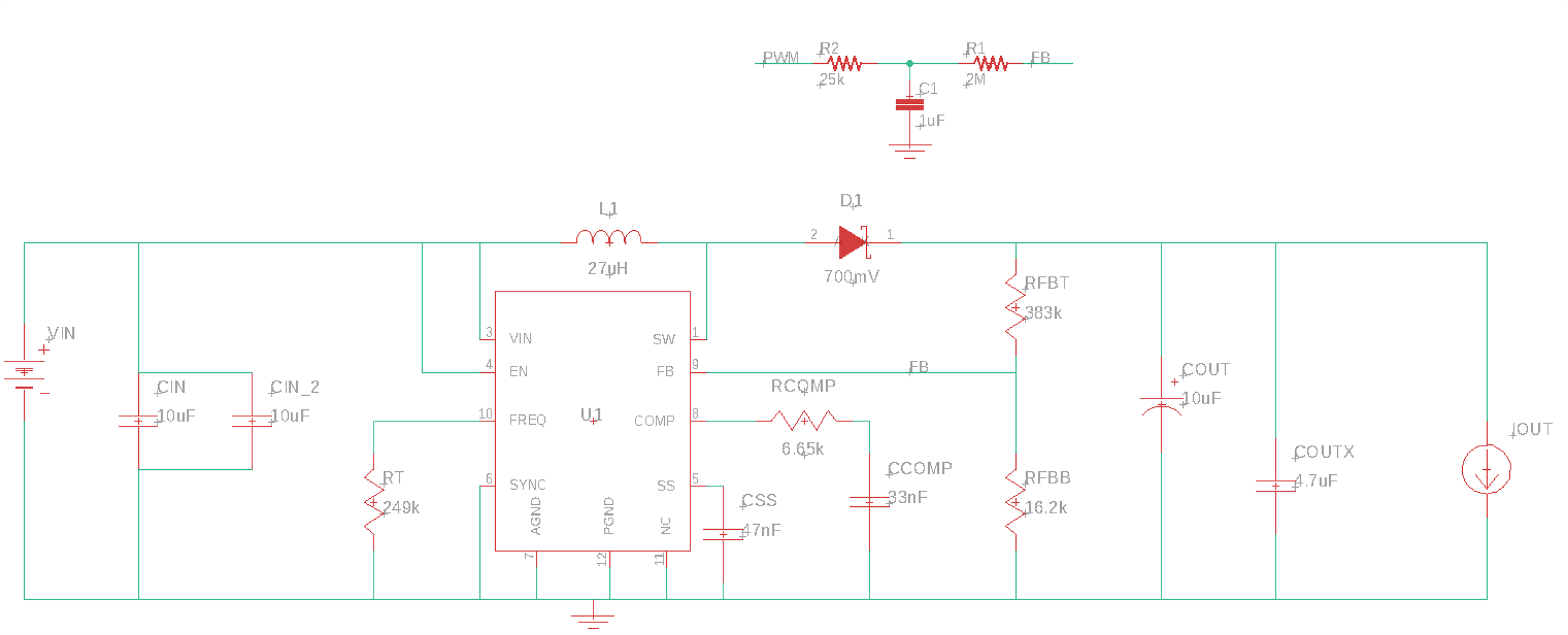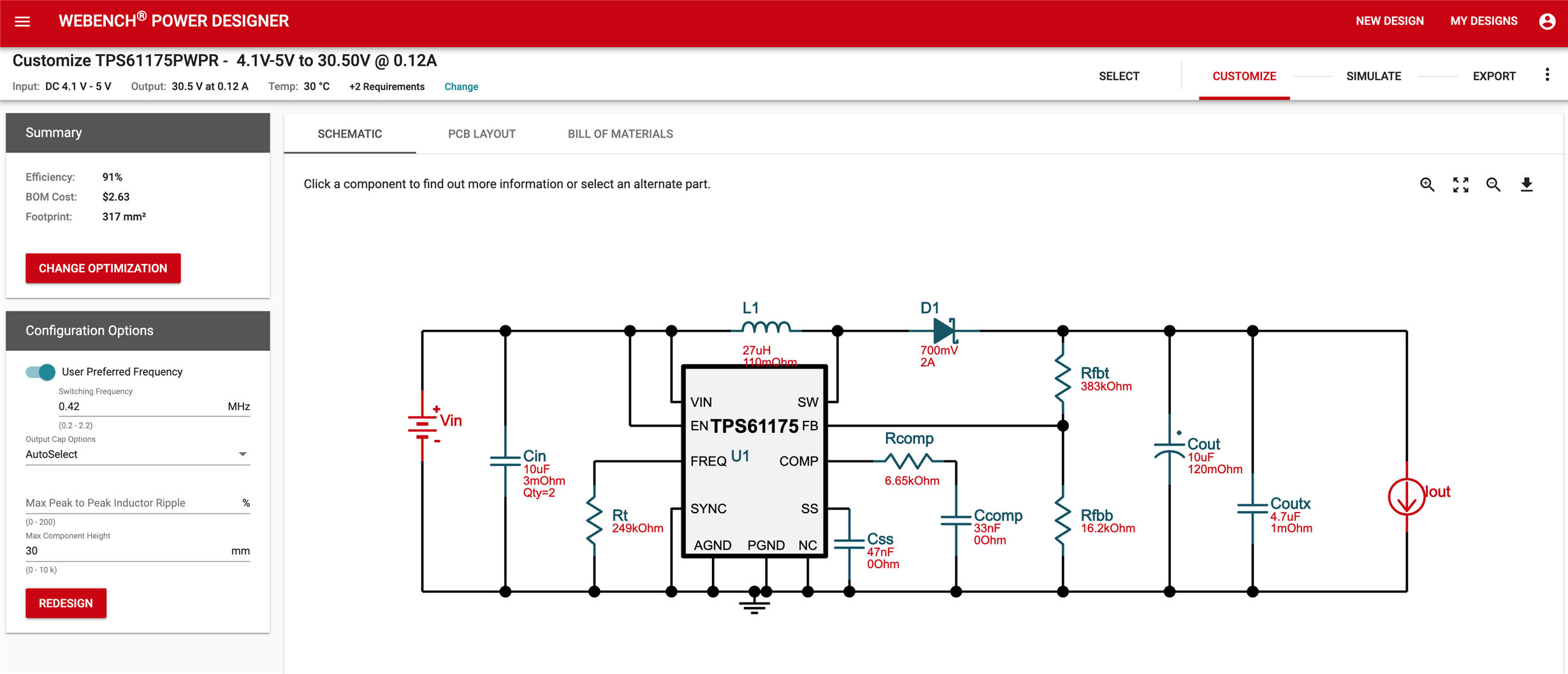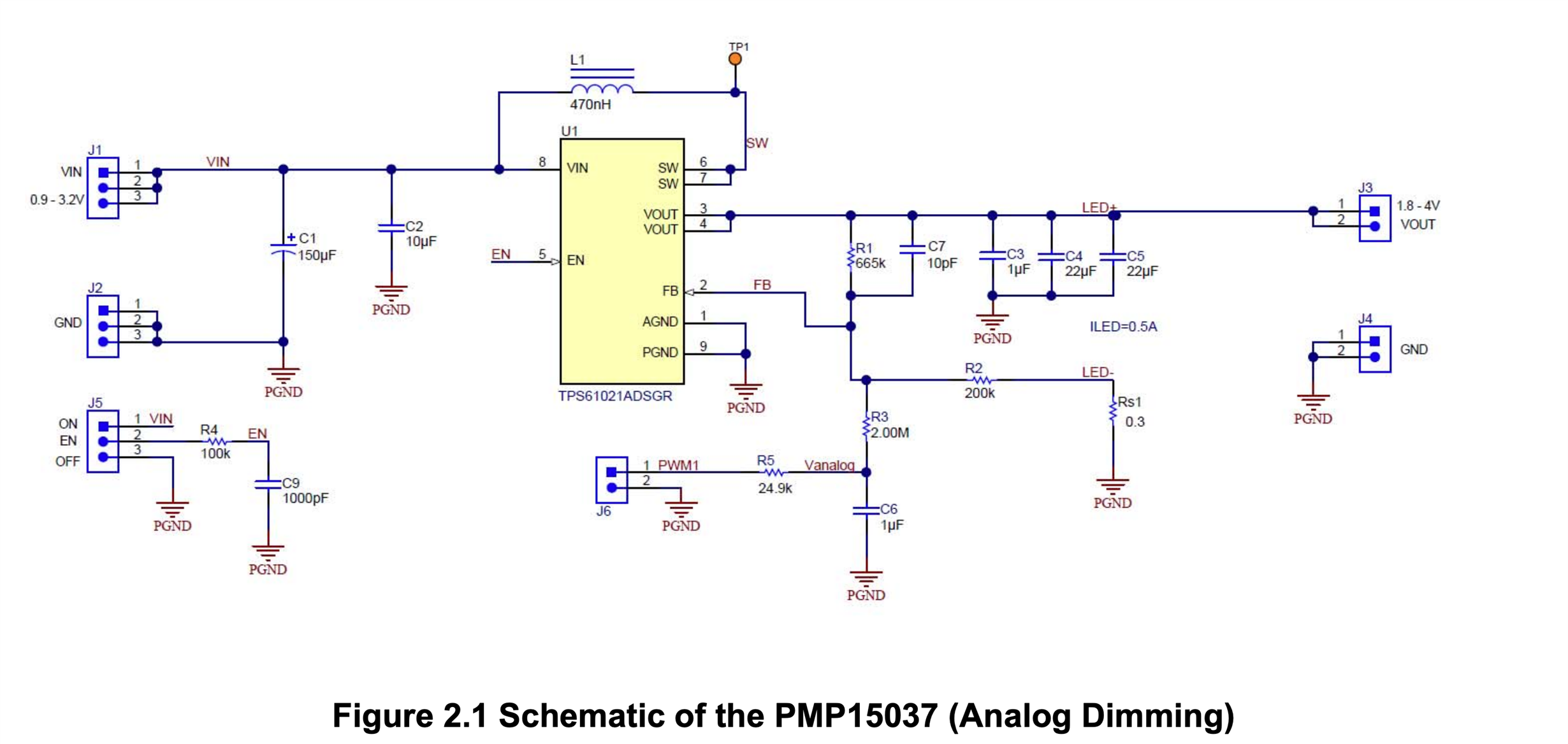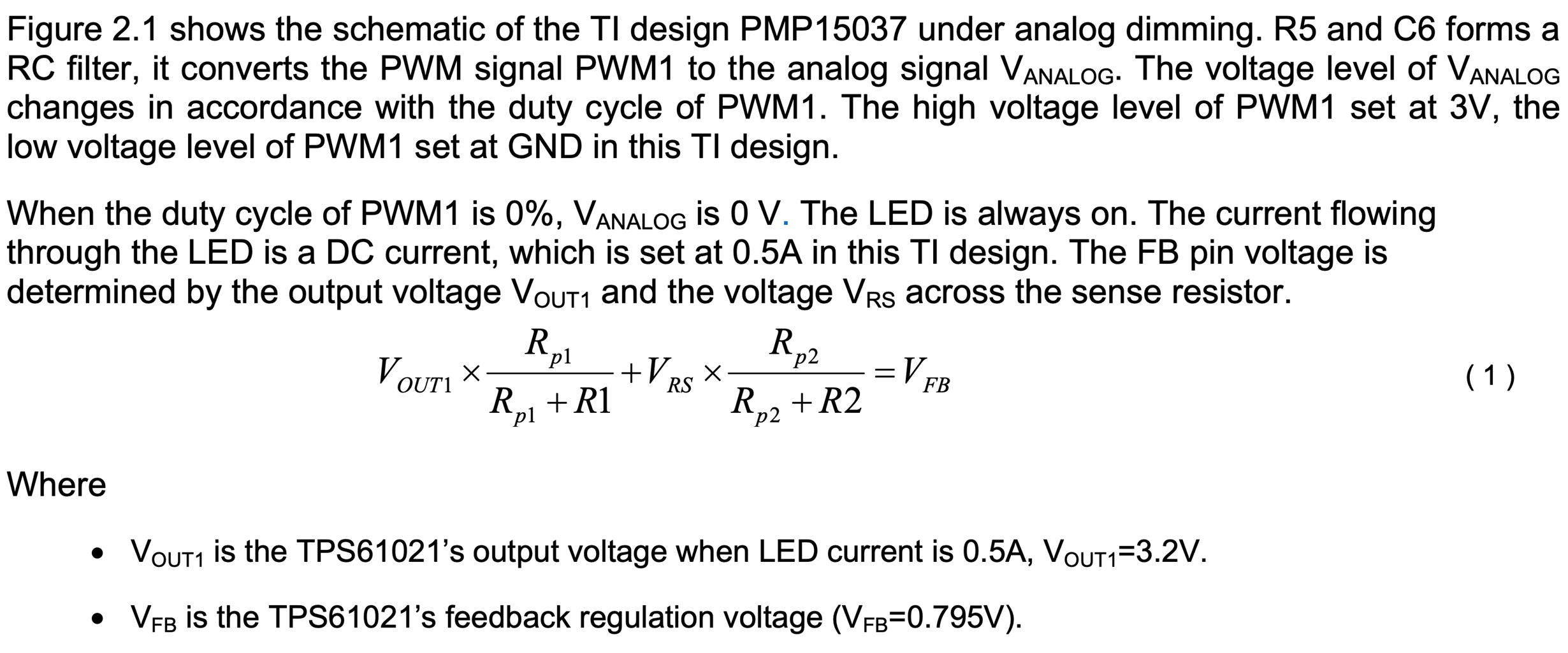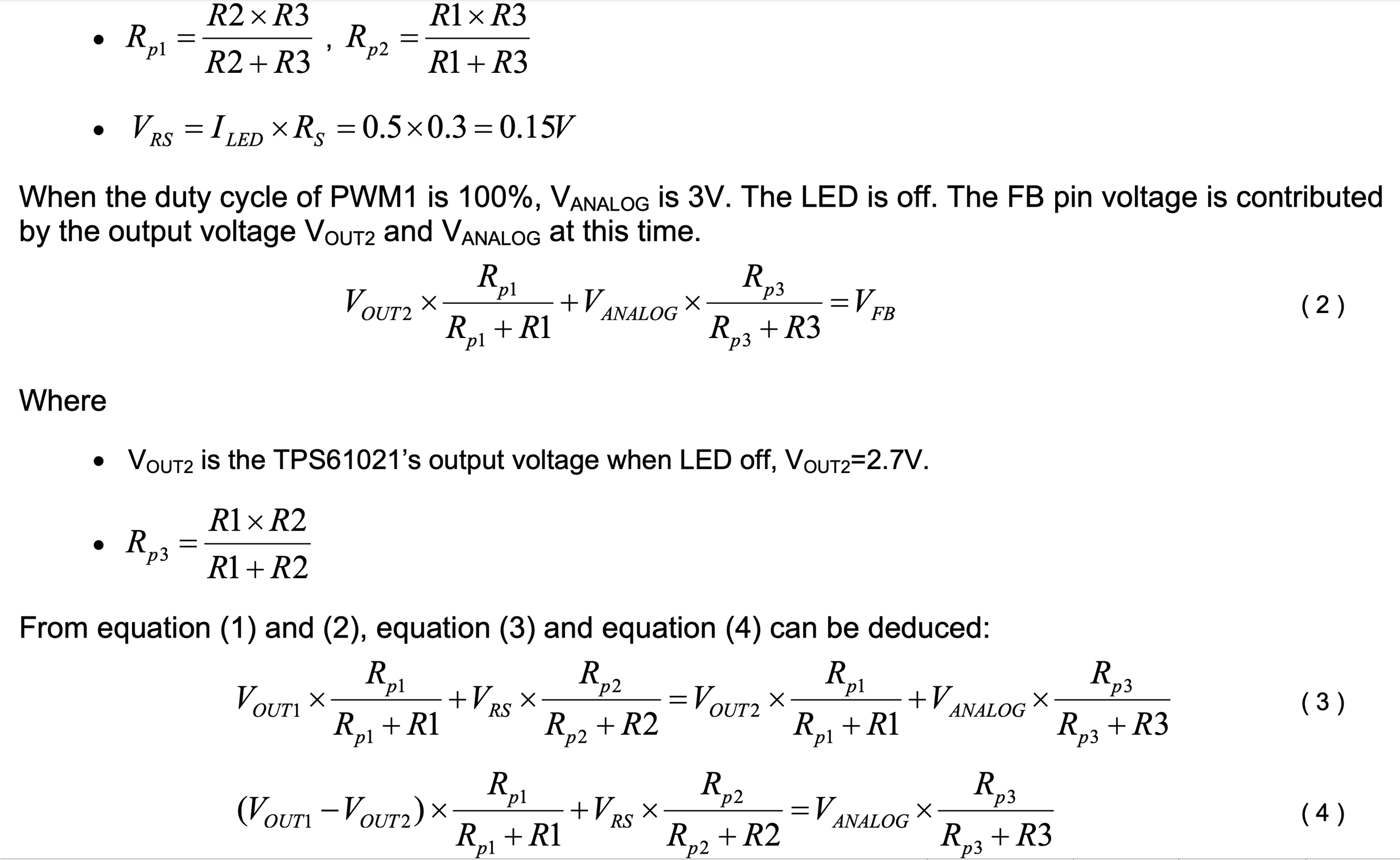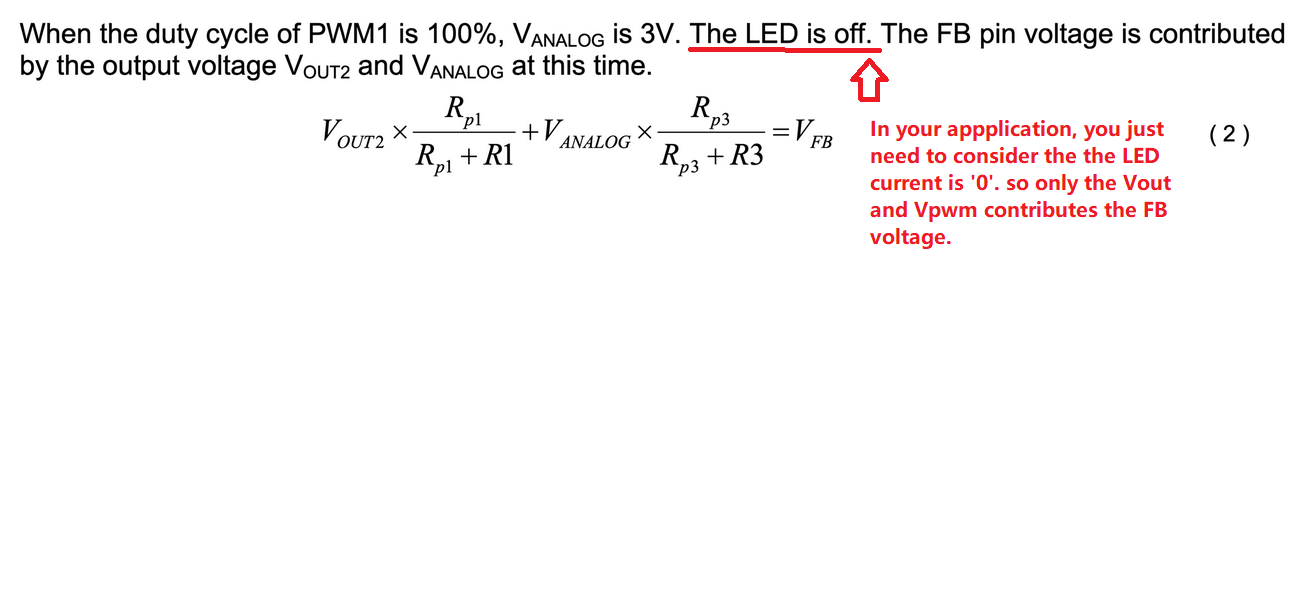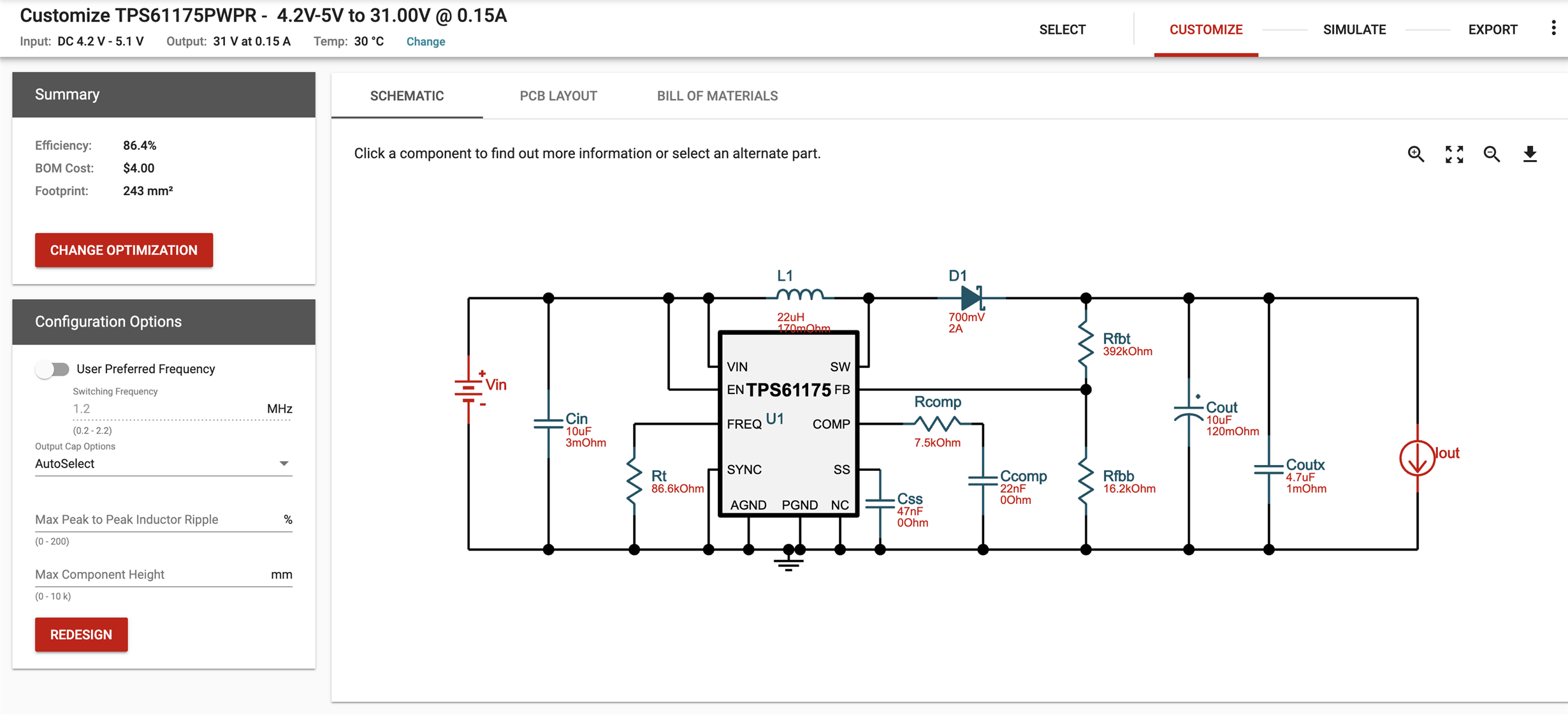Other Parts Discussed in Thread: TPL0501-100, DAC7760
Hi, guys. TPS61175 supports voltage output up to 38V.
I was wondering whether there is a programmable solution to change the boost converter's output via SPI, I2C, UART, etc.
Is there a boost converter IC that can change the output like this?
Or should I connect a digital potentiometer like TPL0501-100 to the boost converter to control the voltage output?



